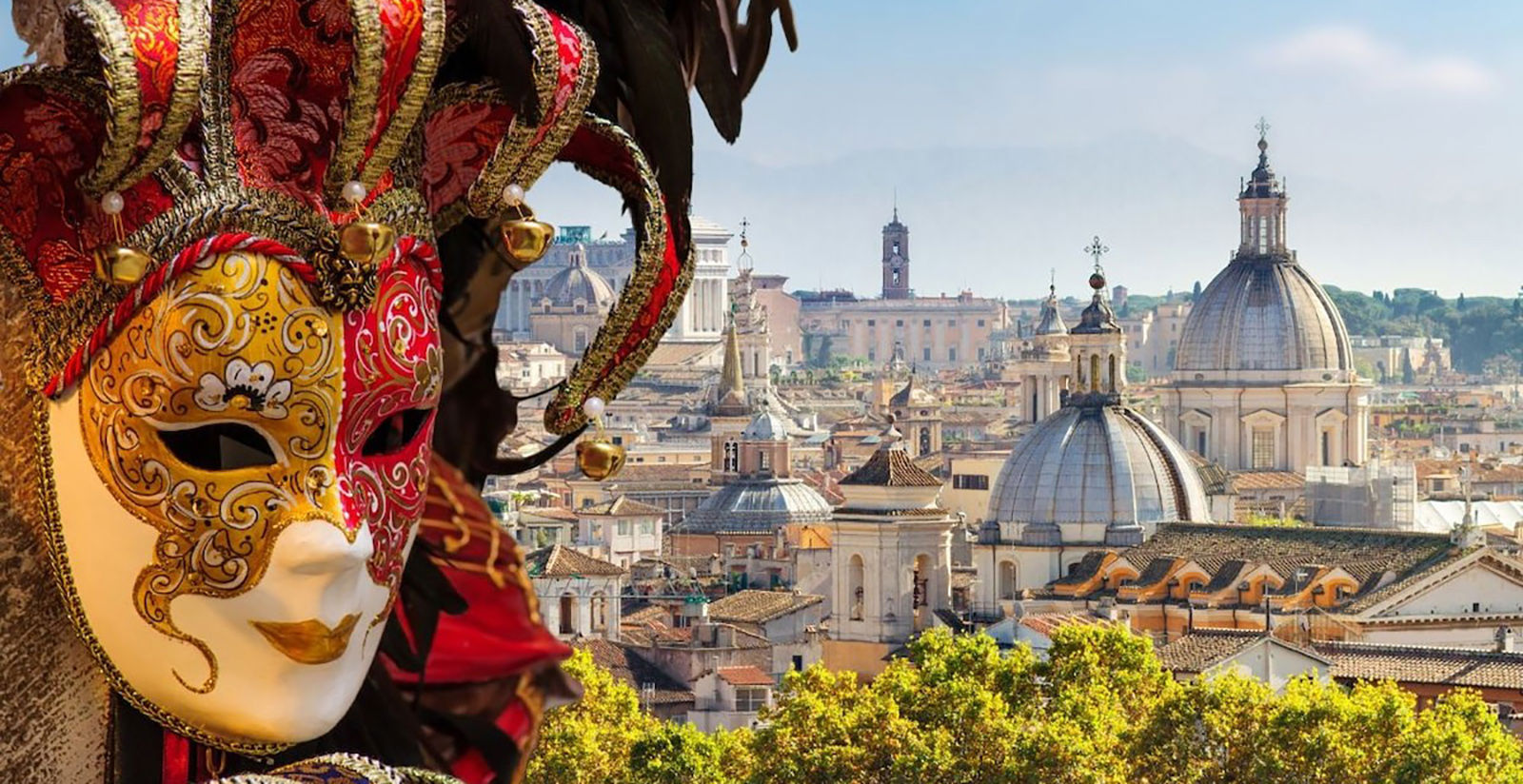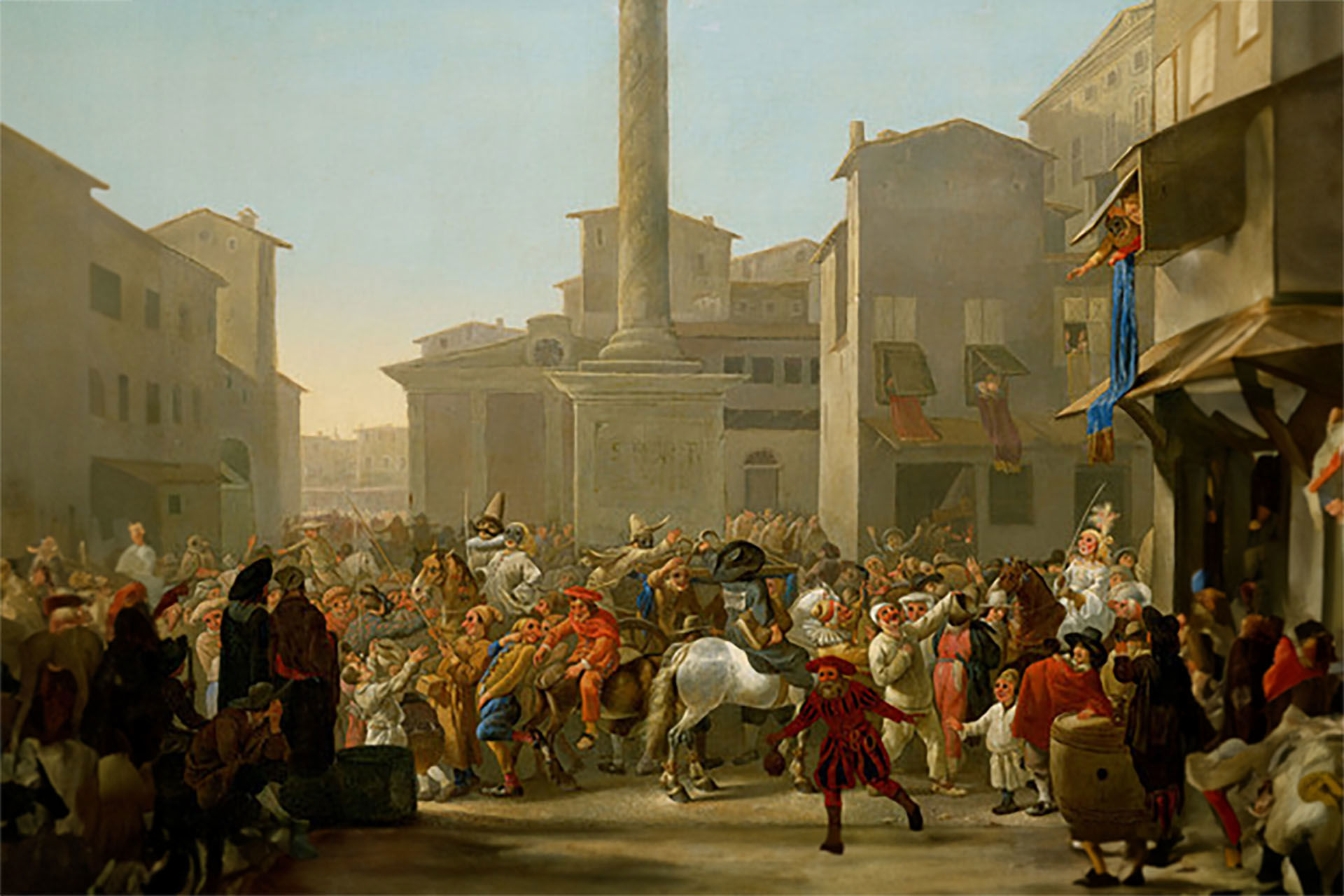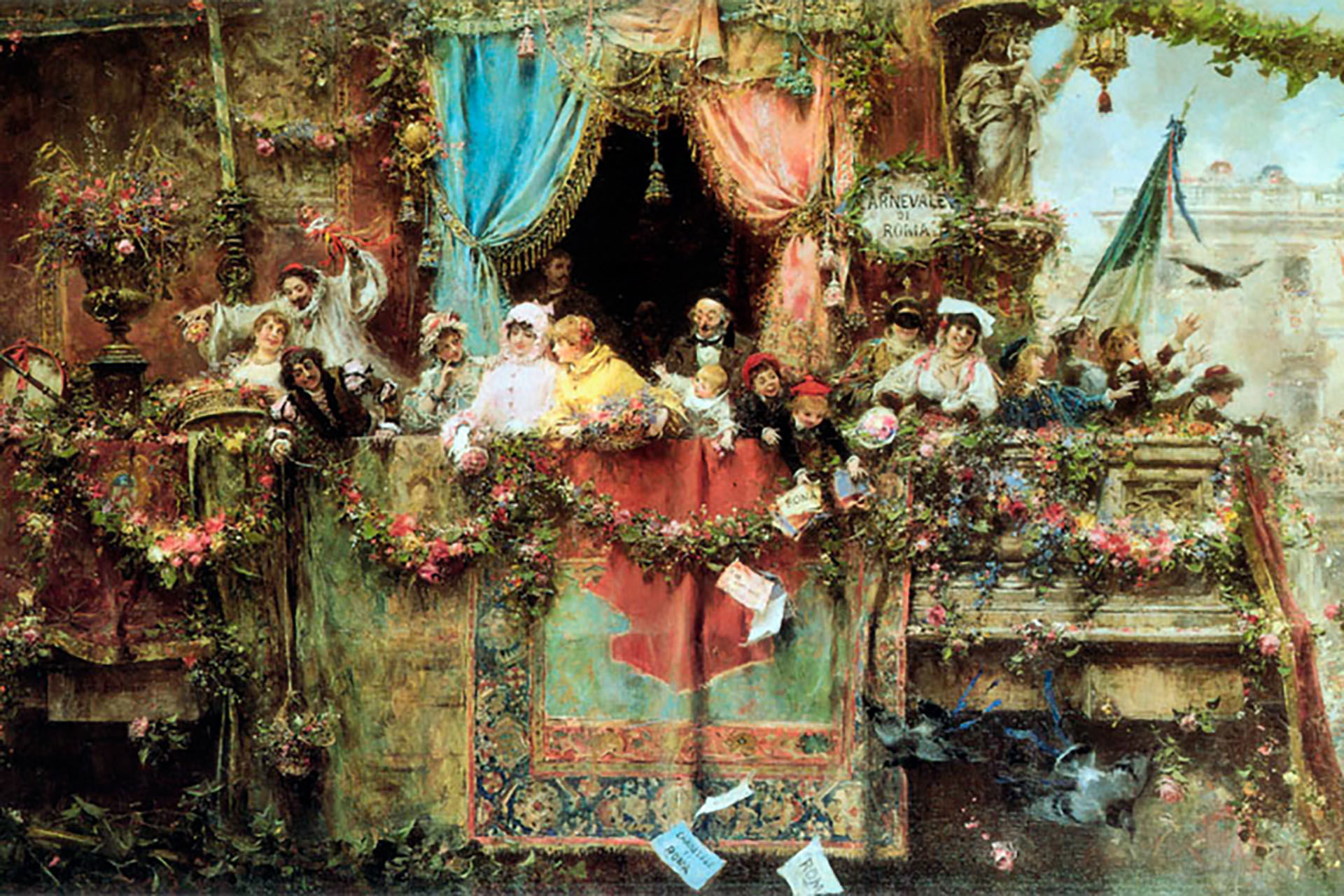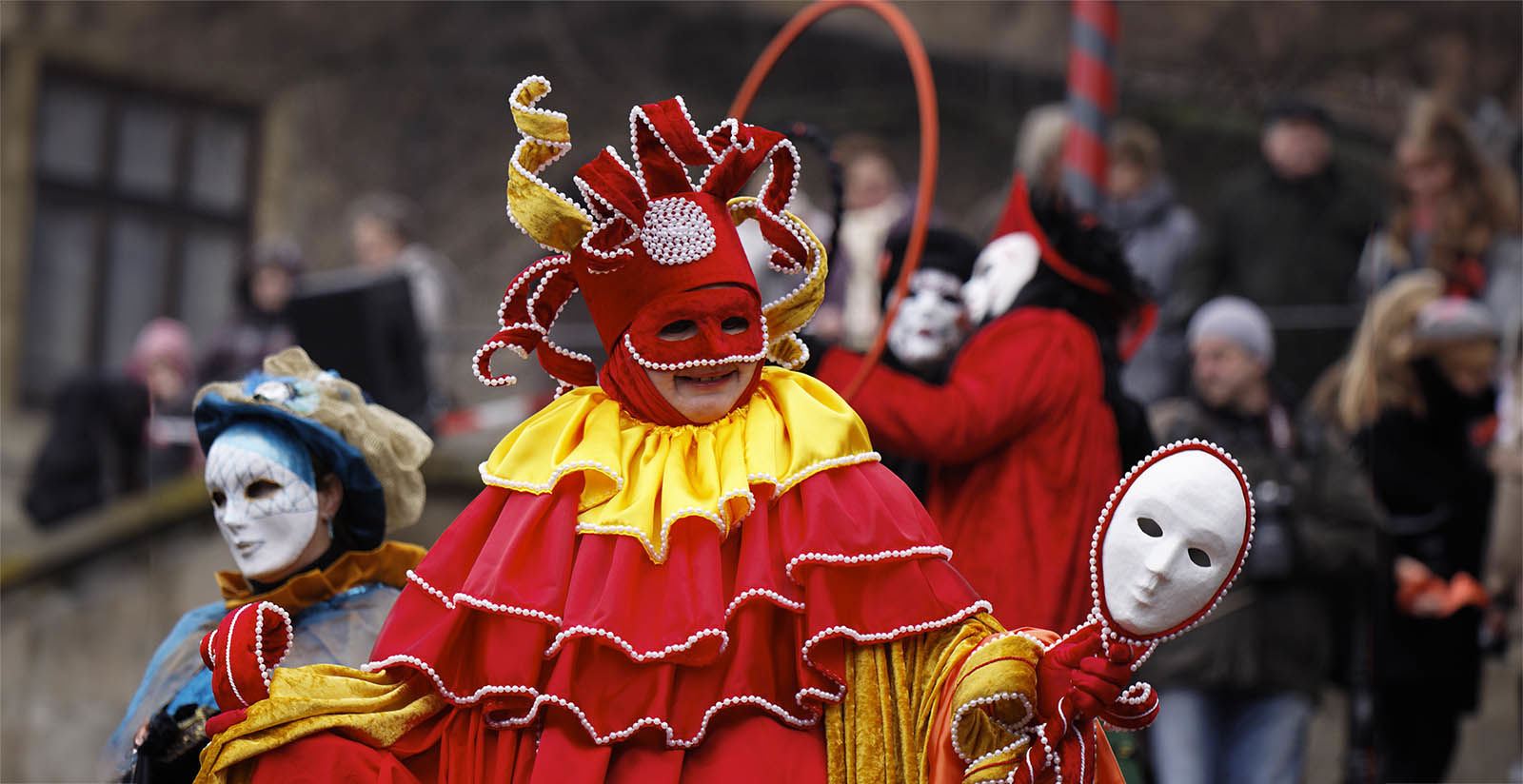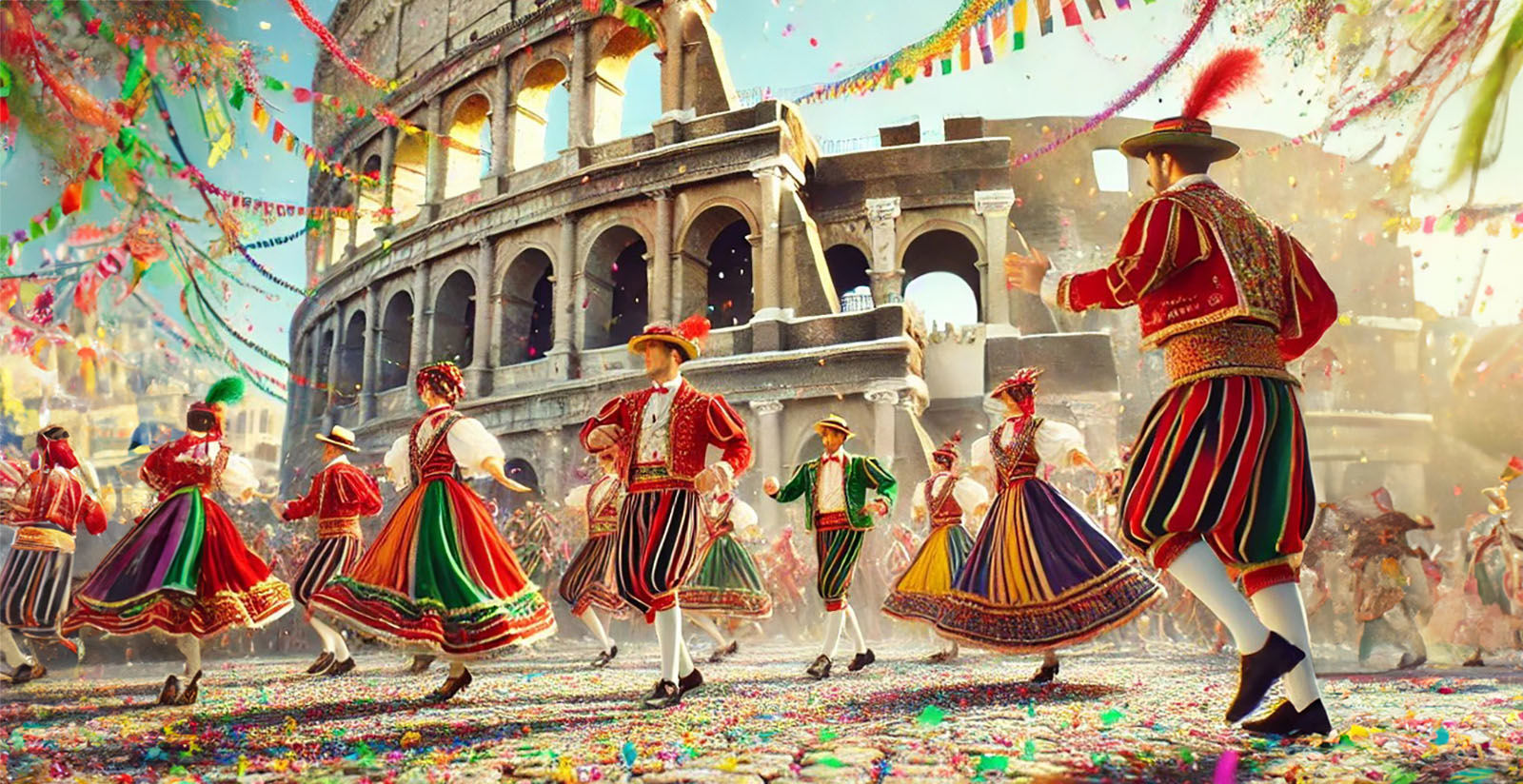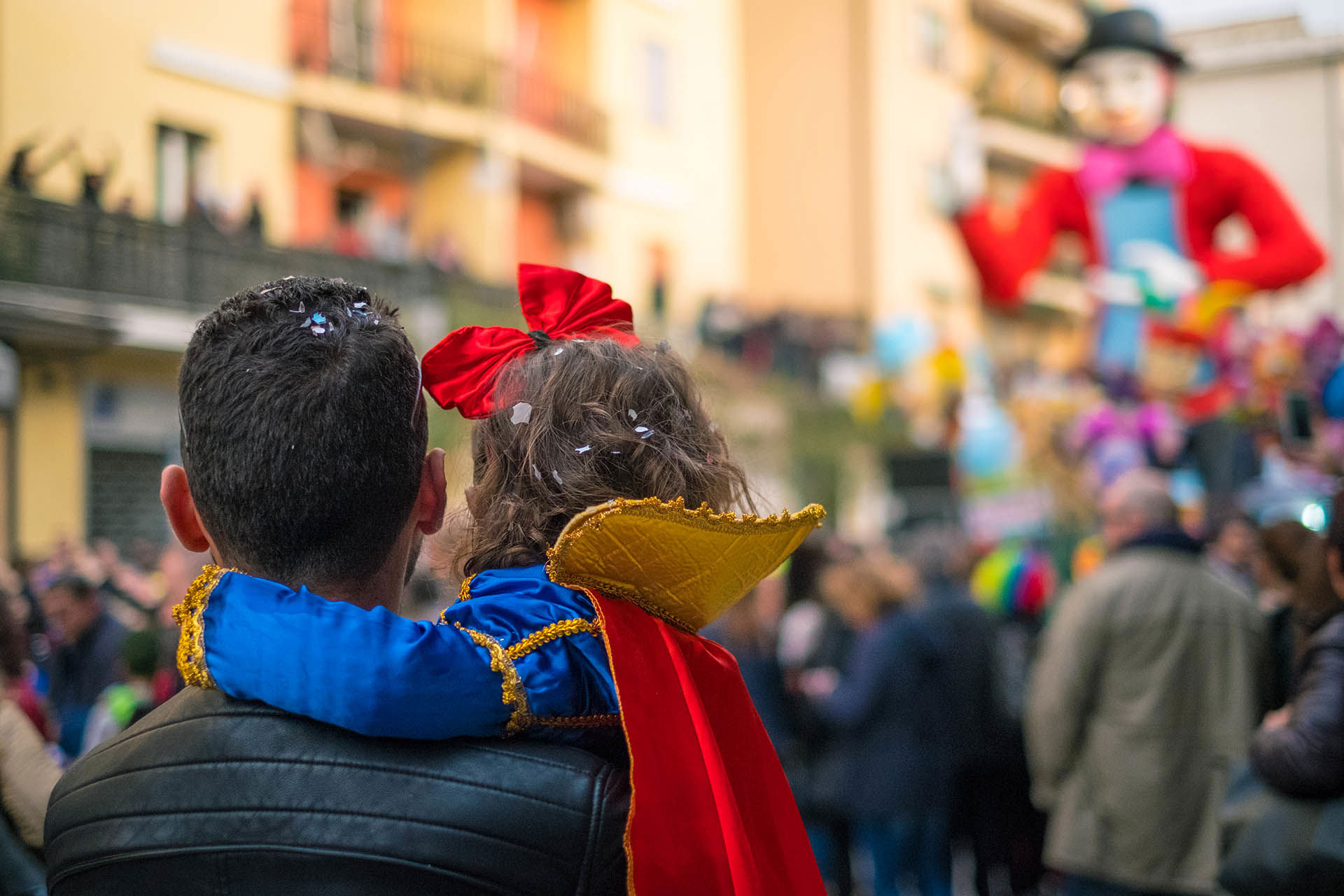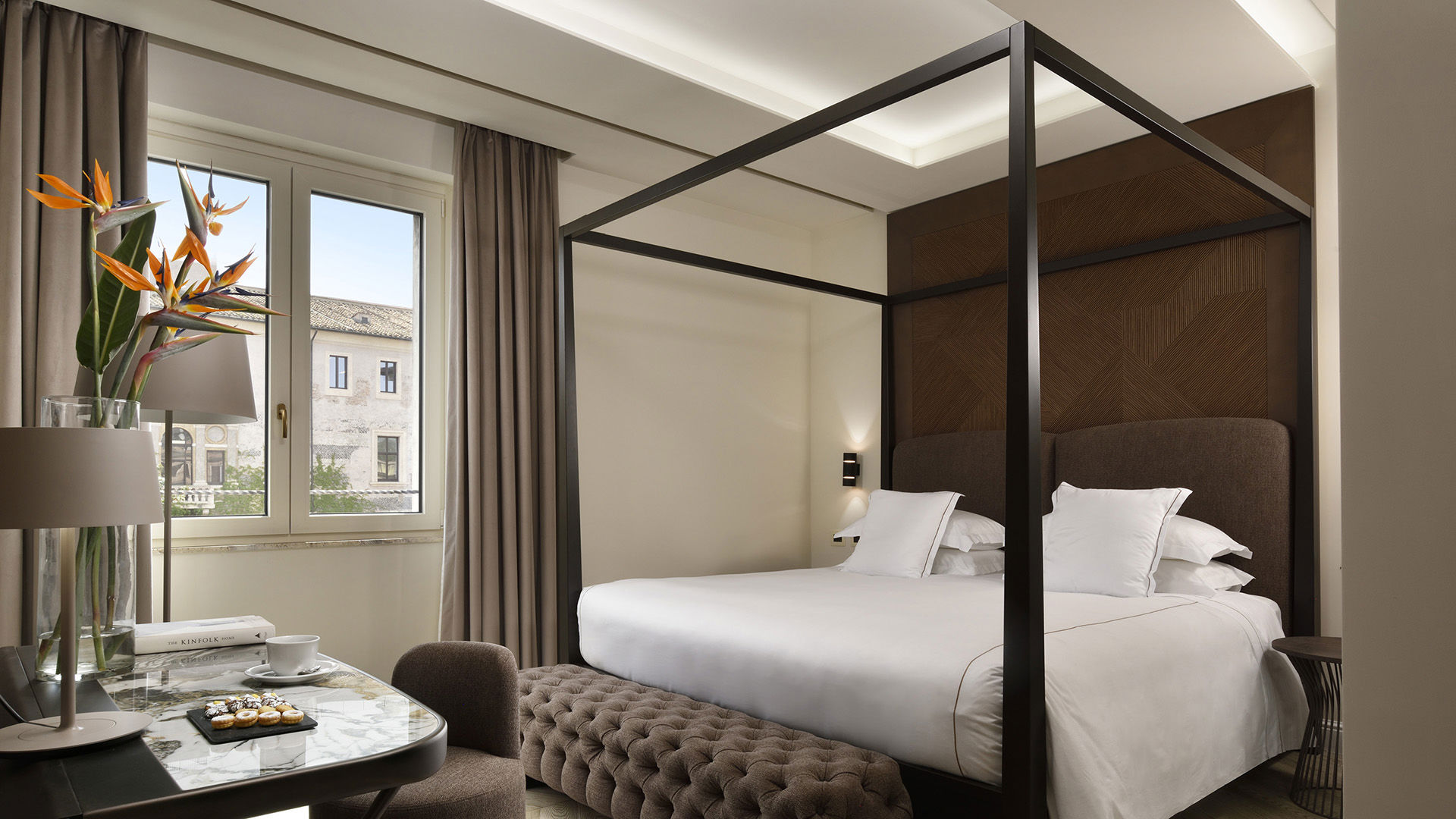The roots of the Roman Carnival are very ancient, going back to the Saturnalia, the religious festivals of ancient Rome, characterized by orgiastic rituals, sacrifices, dances, masquerades and unrestrained public entertainment.
Dedicated to the god Saturn, these pagan festivals represented a time of suspension of rigid social hierarchies, when slaves and masters mingled in an atmosphere of freedom and temporary overthrow of the established order.
Beginning in the 10th century, these ancient pagan celebrations were partly reworked and transformed into carnival celebrations on Mount Testaccio, in order to evoke the joyful and liberating atmosphere of the Roman festivals.
From the middle of the 15th century, at the behest of Pope Paul II, the celebrations moved to Via Lata, today's Via del Corso, and became an important event in the social and cultural life of the city.
The highlight of the Roman Carnival was undoubtedly the Barbarian Horse Race, an exciting competition that attracted nobles, kings, artists and travelers from all over Europe, who left numerous testimonies in their writings and in vivid engravings and paintings.
The race was held annually, with rare exceptions, such as in 1829 after the death of Pope Leo XII.
After the Unification of Italy, in 1874, King Victor Emmanuel II decided to abolish this traditional event forever because of a tragic accident in which a young spectator was run over and killed during the race.
This dramatic event unfortunately marked the beginning of the decline of the Roman Carnival, which in the following years gradually lost its former splendor and charm.
Nevertheless, the city of Rome continues to celebrate Carnival with events and parades of masked groups, keeping alive the memory of this ancient and fascinating tradition, rooted in the history and culture of the Eternal City.


